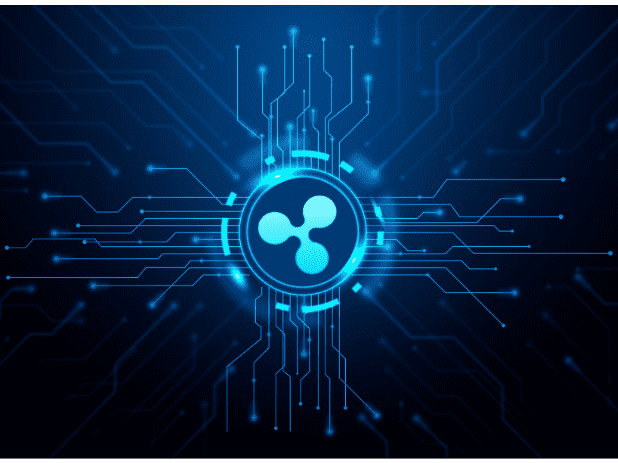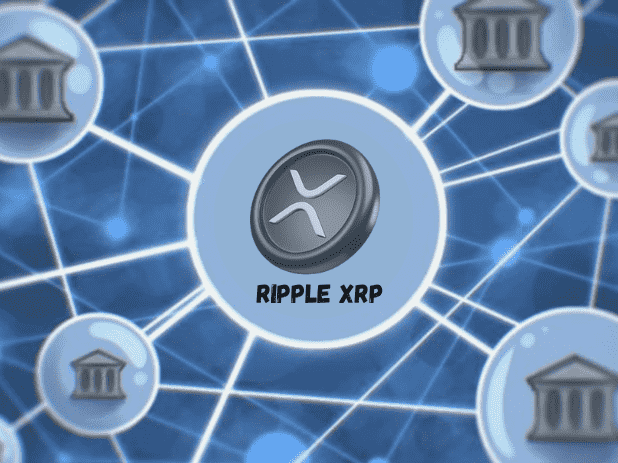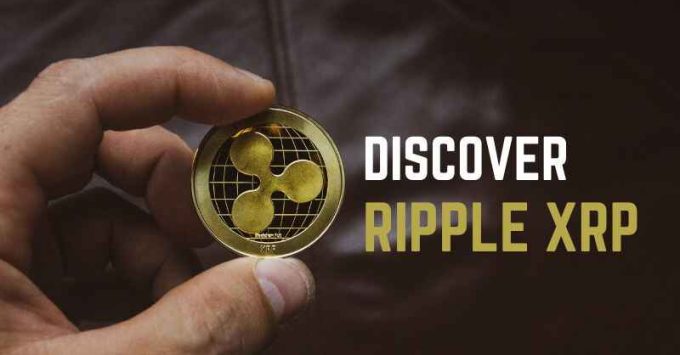Ripple (XRP) is a digital currency and a broader technology platform. Ripple is the company, Ripple Labs Inc., which developed the Ripple payment protocol and network. It is a technology platform that includes the RippleNet network designed to facilitate global financial transactions and communication among various financial institutions.
On the other hand, XRP is the native digital currency of the Ripple network. It’s primarily used for facilitating fast and low-cost international money transfers. XRP operates on a decentralized blockchain but differs from others in its unique consensus mechanism.
Origin of Ripple (XRP)
In 2004, Ryan Fugger conceptualized a decentralized monetary system in Vancouver, Canada, known as RipplePay. This system was designed to provide secure payment options to members of an online community via a global network.
In 2012, Jed McCaleb, the creator of the Mt. Gox exchange, and Chris Larsen, a technology entrepreneur, approached Fugger with a digital currency idea. The formation of OpenCoin, later renamed Ripple Labs, resulted from these events. Ripple Labs aimed to further develop RipplePay’s concepts.
Ripple Labs created the XRP Ledger (originally called Ripple Consensus Ledger), an advanced blockchain-like system.
XRP was introduced as the native token of the XRP Ledger. It wasn’t designed to be a standalone currency but rather to facilitate transactions and currency exchanges in the Ripple network.
Ripple (XRP) was one of the first major altcoins developed after Bitcoin.

Understanding the Technology Behind Ripple (XRP)
The technology behind Ripple involves a combination of the Ripple Protocol Consensus Algorithm (RPCA) and the XRP Ledger. Each plays a vital role in the network’s functionality:
Ripple Protocol Consensus Algorithm (RPCA)
The RPCA is a unique consensus mechanism that is different from the Proof of Work (PoW) used in Bitcoin or the Proof of Stake (PoS) used in Ethereum. Here are its key aspects:
-
Consensus Over Mining:
Unlike Bitcoin’s energy-intensive mining process, RPCA achieves consensus through a network of independent validators that agree on the order and validity of XRP transactions.
-
Unique Node List (UNL):
Each server on the Ripple network maintains a list of other trusted servers (UNL). These servers are selected based on their reliability and performance history.
-
Fast and Efficient Transaction Validation:
Validators update their ledgers every 3-5 seconds. This speed makes Ripple attractive for financial institutions.
-
Iterative Consensus Process:
Each round of the consensus process involves voting. Each subsequent round requires a higher threshold of agreement. This leads to a final agreement on the transactions.
-
Energy Efficiency:
Since the RPCA does not require the extensive computational power necessary for mining, it is much more energy-efficient.

XRP Ledger – Features and Functions
The XRP Ledger is a decentralized cryptographic ledger that is driven by a network of peer-to-peer servers. It’s the backbone for the digital currency XRP and has several notable features:
-
Decentralization:
The XRP ledger is maintained by various independent participants in a global XRP Community.
-
Fast Transaction Processing:
The XRP Ledger processes transactions in 3-5 seconds, far quicker than many traditional blockchain systems.
-
Scalability:
It processes over 1,500 transactions per second. This capacity rivals or even exceeds that of traditional financial networks.
-
Low Transaction Costs:
Transactions on the XRP Ledger are inexpensive and they often cost just a fraction of a cent.
-
Finite XRP Supply:
The total supply of XRP has a cap of 100 billion, and no more can be created. Meanwhile, cryptocurrencies like Bitcoin allow the mining of new coins.

Ripple vs Traditional Banking System
A comparison of Ripple and traditional banking systems reveals significant differences. Top of Form
Here’s a detailed look at Ripple versus traditional banking systems:
Transaction Speed
Ripple can process transactions within 3-5 seconds which is exceptionally fast. On the other hand, International bank transfers take several days due to the involvement of multiple intermediary banks and the need to comply with various national banking regulations.
Cost Efficiency
Ripple transactions incur very low fees. This makes them more cost-effective than traditional bank transfers. They are especially cost-effective for international transactions.
Cross-Border Payments
Ripple provides a streamlined and efficient process for cross-border payments. It uses XRP as a bridge currency to facilitate the quick and cheap exchange of different currencies.
Decentralized Network
Ripple operates on a decentralized network (the XRP Ledger), which relies on a consensus protocol rather than a centralized authority for transaction validation. Whereas, Most international bank transfers are facilitated through the SWIFT network. It is a secure messaging system that communicates payment orders between banks.
Blockchain Technology
Ripple leverages advanced blockchain technology, which enhances the security, transparency, and traceability of transactions.
Scalability
The Ripple network handles more than 1,500 transactions per second. Whereas, traditional banking systems have lower scalability in terms of transaction volume and speed.
Performance of Ripple (XRP)
As of January 2024, Ripple’s XRP demonstrated a notable market performance. While it didn’t achieve the same 150% profit as Bitcoin in 2023, XRP still had a remarkable year. It delivered approximately 80% returns. It recovered from $0.348556 to $0.630082 over the year. XRP’s performance was particularly impressive when compared to the broader U.S. stock market, which saw a 24% gain. Technically, XRP is following a falling wedge pattern with key support at the $0.62 level, often considered a bullish reversal indicator. Checkout XRP current price and updates
- XRP
(XRP) - Price $2.51
- Market Cap
$144.95 B

Challenges & Criticisms
Ripple and its cryptocurrency, XRP, face several challenges and criticisms:
-
Regulatory Challenges
Ripple Labs is in a legal battle with the U.S. Securities and Exchange Commission (SEC). They have been fighting over whether XRP should be classified as a security. This regulatory uncertainty affects investor confidence and the adoption of XRP.
-
Centralization Concerns
Despite operating on a decentralized network, Ripple faces criticism for the level of control it maintains over XRP. This is due to the significant amount of XRP held by Ripple Labs.
-
Market Volatility
XRP is subject to high market volatility like other cryptocurrencies, which can lead to rapid changes in its value.
-
Limited Use Case
Critics argue that XRP’s use case mainly limits to cross-border payments. They note that other cryptocurrencies have a broader range of applications.
-
Competition
Ripple and XRP face stiff competition from other blockchain and payment technologies, both within and outside the cryptocurrency space.

